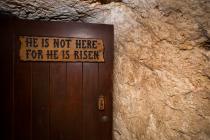What Happens to Prayer Notes at the Western Wall? A Sacred Moment for Christian Travelers to Israel
For millions of believers who journey to Jerusalem each year, placing a handwritten prayer into the ancient stones of the Western Wall is a deeply emotional moment. It’s not just a ritual; it’s an act of faith, a physical gesture of surrender, hope and worship.
As we look forward to another season of faith-based Holy Land tours, we’re revisiting one of the most asked questions from our travelers: What happens to all the prayers left in the Western Wall?
Why the Western Wall matters to Christians and Jews
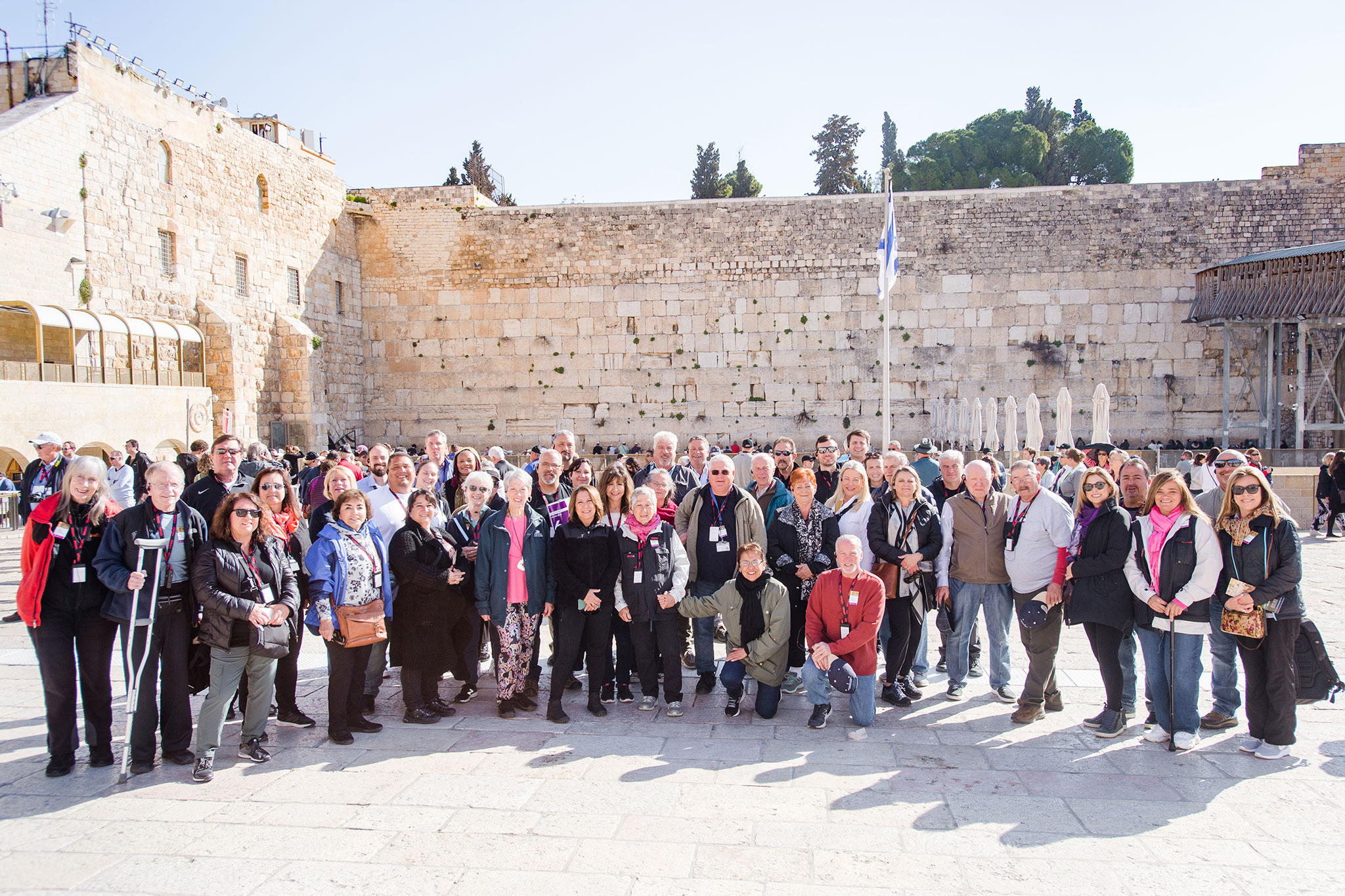
The Western Wall, also called the Wailing Wall, the Kotel (in Hebrew) or simply “The Wall,” is the last remaining structure of the Second Temple, which was destroyed by Roman armies in A.D. 70. It is one of the most sacred sites in the world for Jews and Christians.
For Jews, it’s a place of deep longing and connection to the presence of God. For Christians, it’s a tangible link to the world Jesus knew, just steps from where He taught, healed and walked with His disciples. According to Jewish tradition, God’s divine presence once filled the Temple and still rests on this wall. That belief has turned it into a gathering point of prayer for thousands daily and millions annually.
When Christian travelers stand before the Wall, they’re not just witnessing history, they’re experiencing it. This is where the early church began to take shape. It’s a place to reflect on the fulfillment of prophecy and the roots of our faith.
When you travel to Israel, this iconic site may bring tears of gratitude and a profound sense of God’s presence and power.
Prayer and worship never cease at the Western Wall
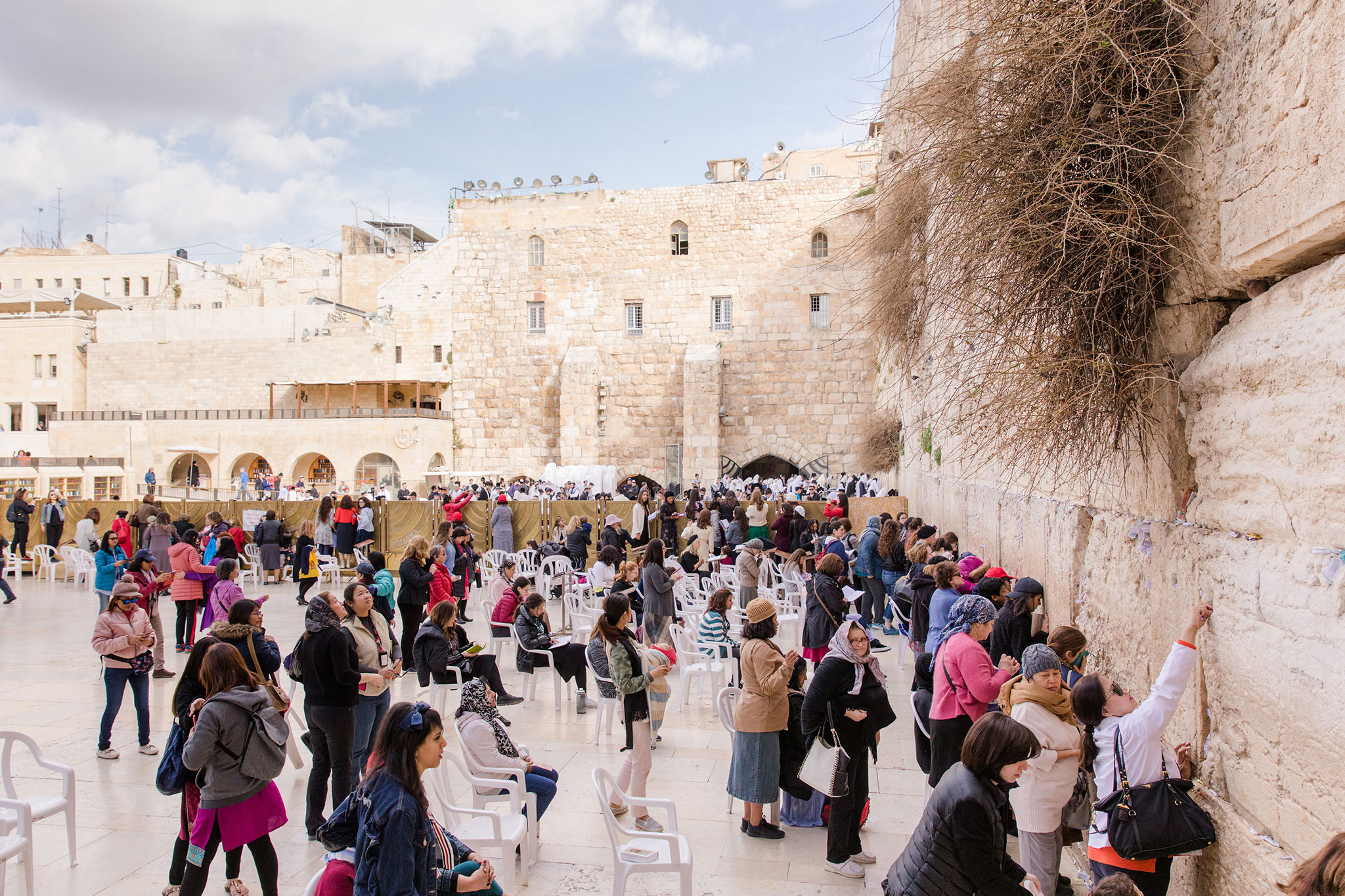
Visiting the wall is unforgettable. Worshipers press their handwritten prayer notes between the ancient limestones of the Western Wall, whispering prayers in many languages.
Presidents and popes have placed their prayers in the wall. So have children, tourists, grieving families and those seeking an experience of God. Standing before the wall is often a profound moment of unity for Christian travelers. Standing shoulder to shoulder with Jewish worshipers, we honor our shared spiritual heritage as we pray to the One True God, the God of Abraham, Isaac and Jacob.
What happens to the prayer notes at the Western Wall?
Special caretakers remove the prayer notes twice a year: in the spring before Passover and the fall before Rosh Hashanah, the Jewish New Year.
Under the direction of Rabbi Shmuel Rabinovitch (the Wall’s official guardian), the caretakers use ritually prepared wooden sticks to gently remove the notes, even those tucked into the highest stones.
The prayers are never read, out of reverence and privacy. They are gathered in sacred bundles and transported to Jerusalem’s Mount of Olives, where they are buried with the same reverence and process that is used for Torah scrolls or sacred texts. In Jewish law, anything bearing the name of God must never be destroyed. These prayers are treated accordingly, with solemn respect and care.
Visiting the Western Wall as a Christian traveler
If you visit the Western Wall on one of our Israel tours and place a note in the ancient stones, you’ll join a centuries-old tradition of calling on God from the very heart of Jerusalem.
And thanks to the faithful care of those who steward the site, your prayer will be honored long after you return home.
Every crack in the wall opens space for new prayers to be lifted. And Scripture promises: “The Lord is far from the wicked, but He hears the prayer of the righteous” (Proverbs 15:29).
What to write in your prayer note at the Western Wall
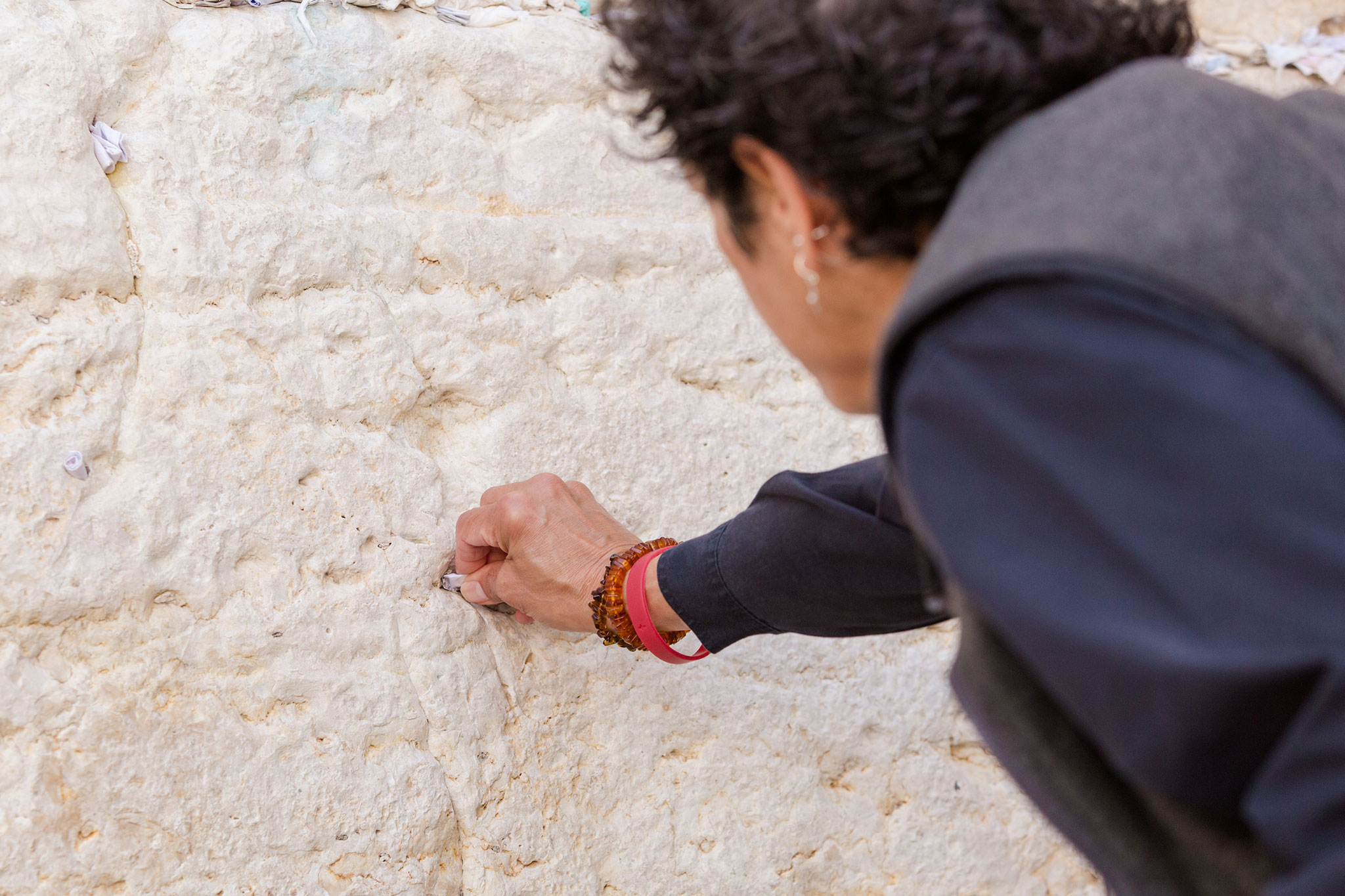
How do you prepare for your moment at the Western Wall? Here are a few ideas some Christian travelers have included during their Israel tour to the Western Wall.
- A short verse or Psalm that reflects your heart
- A prayer of surrender or healing
- A request for family, guidance or a breakthrough
You don’t need fancy words. Just write and speak to the Lord from your heart.
Are you longing to leave a prayer note in the Western Wall?
Many Christian travelers say that placing a prayer note at the Western Wall is one the most meaningful moments of their faith-based tour to Israel.
Whether it’s your first time or your fifth, your visit to Jerusalem can deepen your walk with God in ways you never expected. Explore our upcoming Holy Land tours and take the next step toward an unforgettable journey of faith.
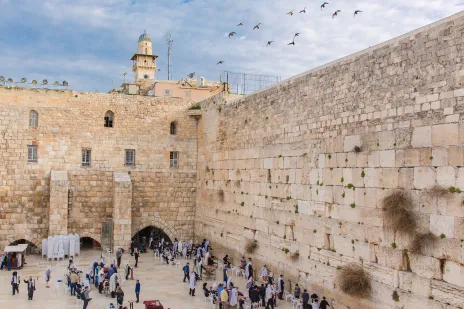
Israel Tours
Ignite your faith while exploring some of the most iconic sites in Israel, where Jesus lived, worshiped and healed the sick.





